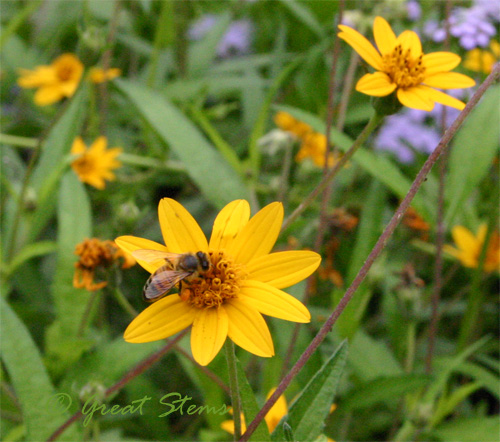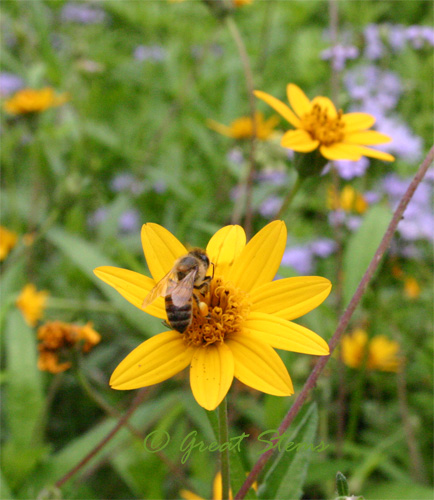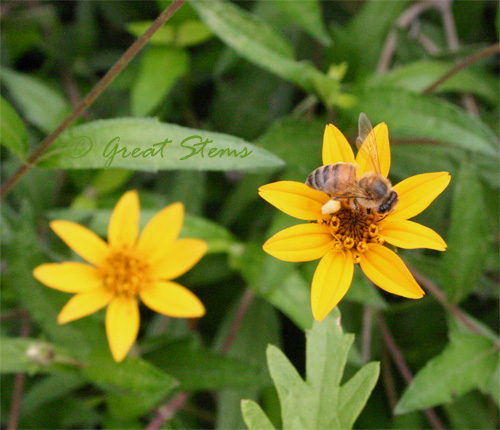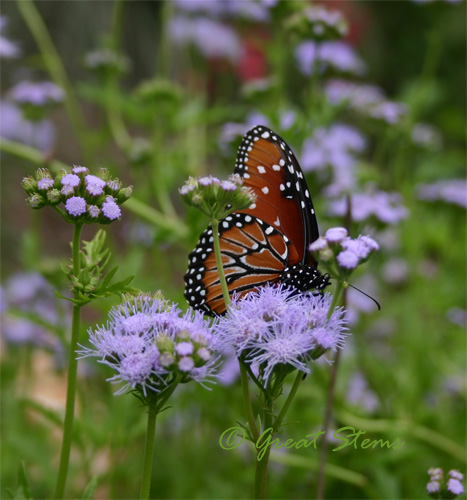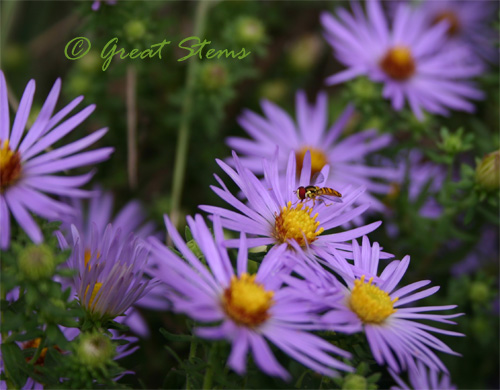It's National Pollinator Week! Pollinators work so hard -- they deserve a week of honor! So let's celebrate our hard-working garden buddies that visit our flowers and help them reproduce. Below you'll find some tips for supporting pollinators, and over at Beautiful Wildlife Garden you'll see some pollinator fun facts I collected. Hurray for bees, bats, birds, moths, flies, butterflies, and beetles!
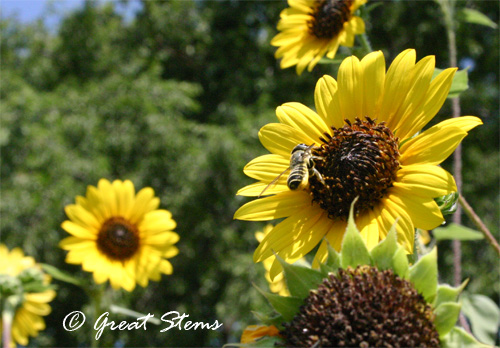
Megachilid (Leaf-Cutter Bee) on sunflower
About 90 percent of our flowering plants, in addition to so many of our food crops, need animal pollinators to help them produce fruits and seeds. Because of habitat loss and chemicals being used in the environment, many of our pollinators are in serious trouble.
Here's how you can help:
-
Plant a diversity of plants native to your region.
-
Avoid pesticides and herbicides.
-
Limit lawn areas and instead provided a connected habitat of trees, shrubs, and perennials.
-
Have a water source that allows small pollinators to drink safely.
-
If you plant non-natives, make sure they are not invasive in your area. Remember that cultivars are not always used by pollinators. For example, flowers that have many more petals than normal might not be accessible by the pollinators that would have visited the original native species. Likewise, nectar and pollen in cultivars might be altered enough to be no longer attractive to pollinators.
-
Plan for blooms throughout the seasons. Redbuds are early bloomers, while Goldenrod, Gayfeather, Gaura, Sages, Frostweed, and others bloom right up into November. Of course many wildflowers and perennials bloom right through spring and summer!
-
Plant caterpillar host plants, leave some bare patches of earth for digger bees, and set out bee boxes -- help keep the cycle of pollinators going!
-
If you can, provide moist dirt areas to invite butterfly puddling.
-
Keep a little untidiness -- this provides shelter for pollinators!
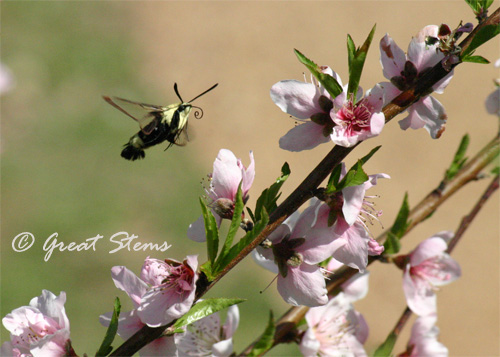
Snowberry Clearwing Visiting Peach Blossoms
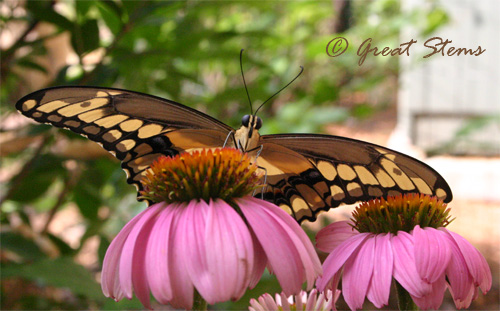 Giant Swallowtail on Purple Coneflower
Giant Swallowtail on Purple Coneflower
Pollinators are all different -- some have long tongues and visit tubular flowers, while others have short tongues and visit flat or small flowers. But that's not all....
Bees love white, yellow, or blue flowers. That's why sunflowers and many crop flowers are so popular with bees.
Hummingbirds are frequent visitors of red, orange, and white flowers. Did you know that white-winged doves are also pollinators? They pollinate saguaro plants in the Sonoran Desert.
Butterflies are attracted to bright flowers, often red or purple, and they will visit flat flowers and flowers with narrow tubes.
Moths love white, pink, and pale flowers with sweet scents, particularly those that emit scent at night. Some moths, like Snowberry Clearwings, are diurnal.
Beetles visit white or green bowl-shaped flowers. They aren't the most efficient pollinators, but they still count!
Bats like white, green, and purple flowers that have strong odors at night. Our bats in Central Texas eat insects, but in other areas, different bat species are key pollinators for agave, cactus, and other plants.
Flies are generalist pollinators -- they visit lots of different plants. Consider them friends!
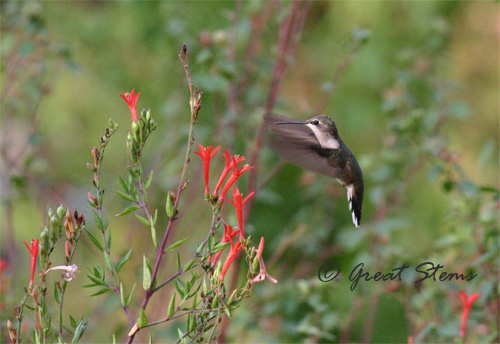
Hummingbird visiting Flame Acanthus
A diversity of native plants is absolutely the key to helping pollinators. There are fantastic planting guides available to help you choose great plants to attract specific types of pollinators, and you can also see suggestions for ongoing blooms throughout the seasons.
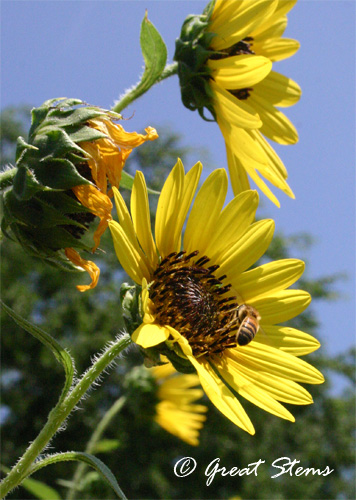
Join us in celebrating our pollinating friends, and do what you can in your own garden to help protect and support them!

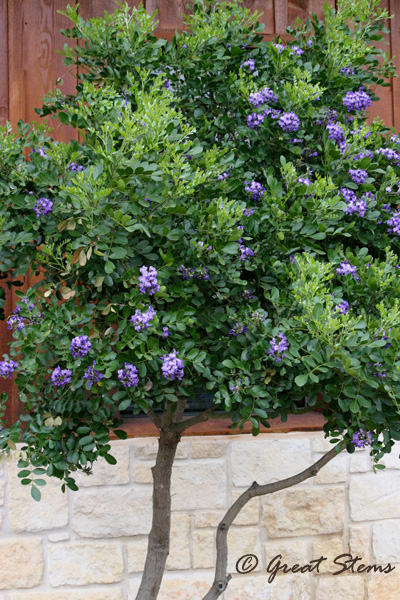
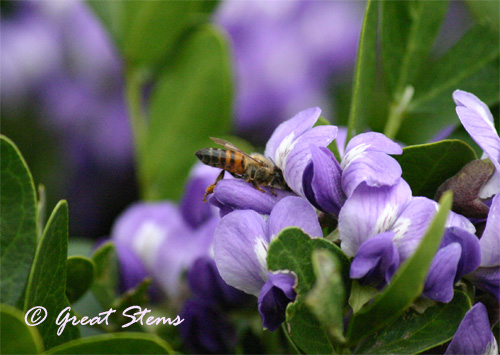
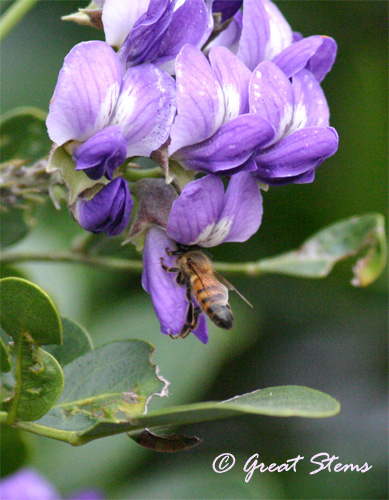
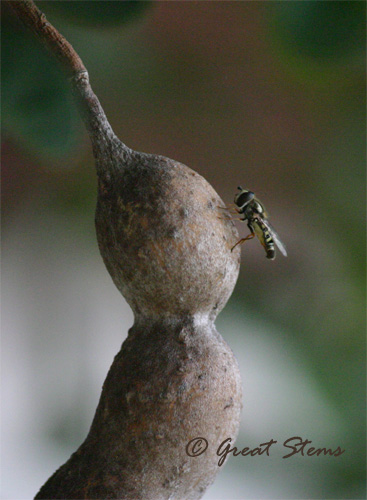
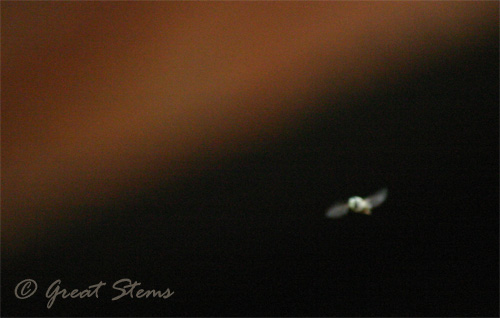
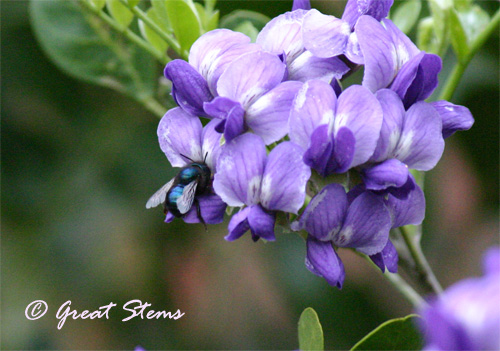
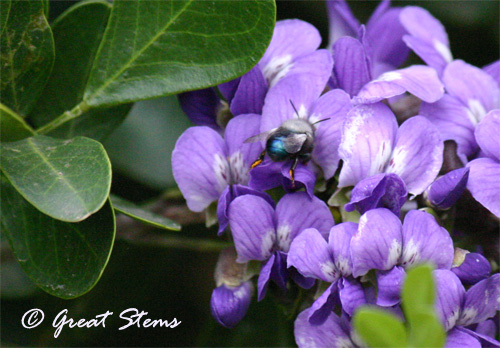
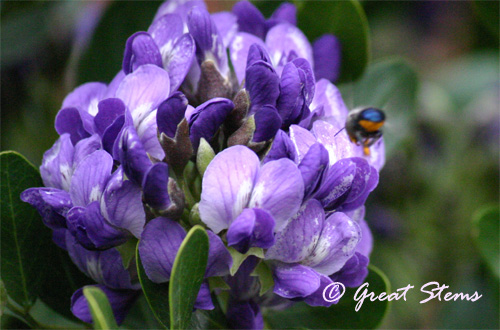
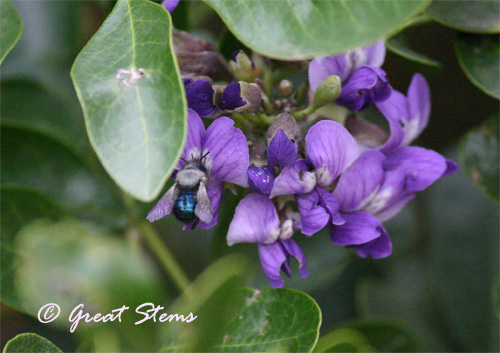
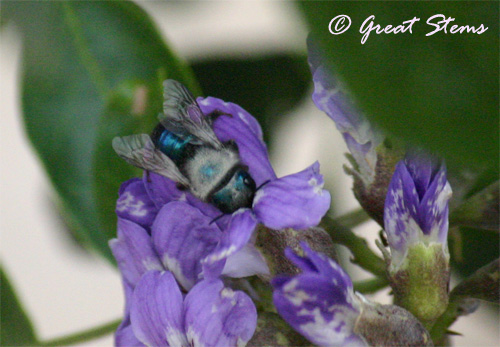
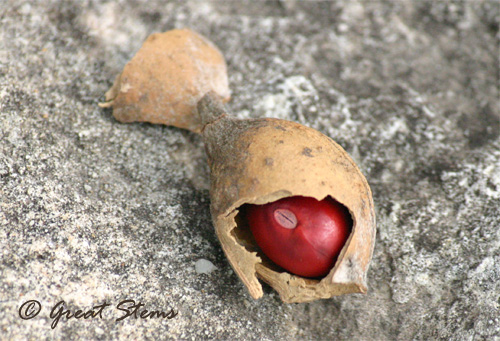
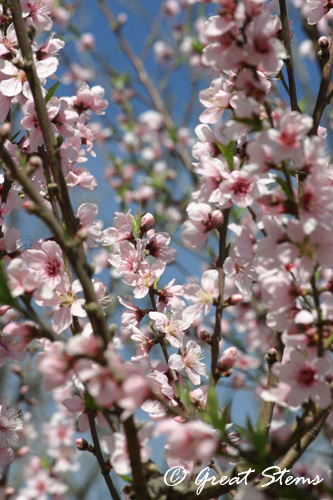
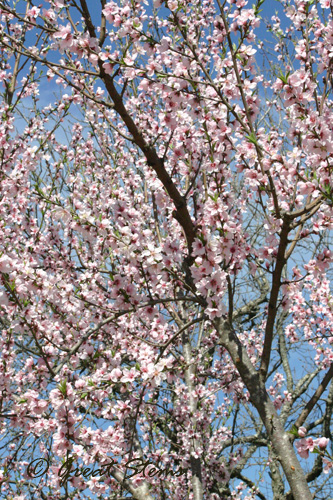
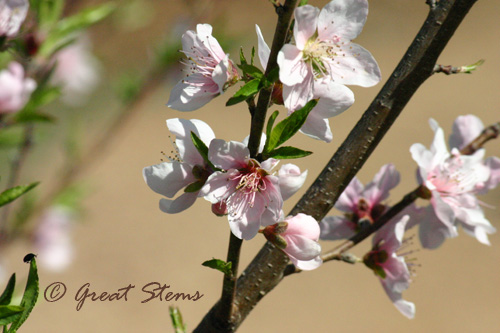
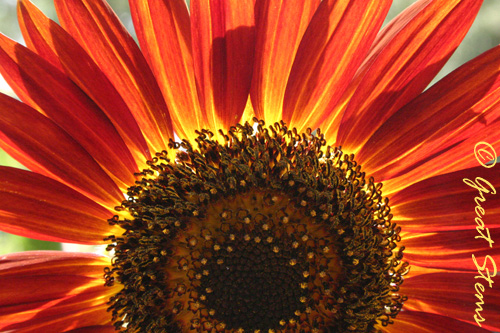
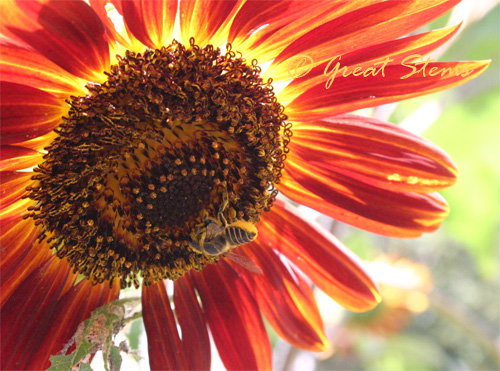
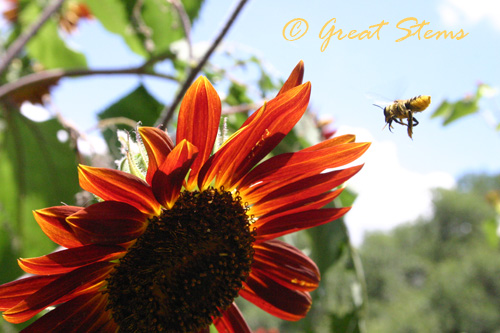
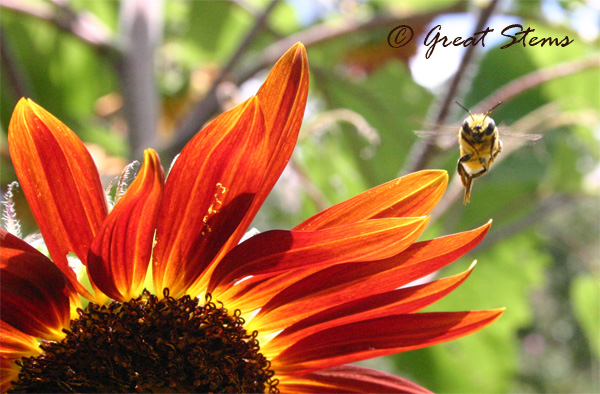
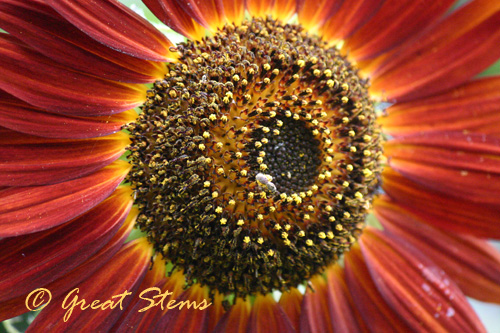
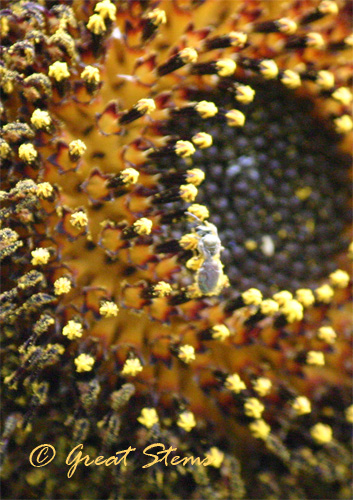
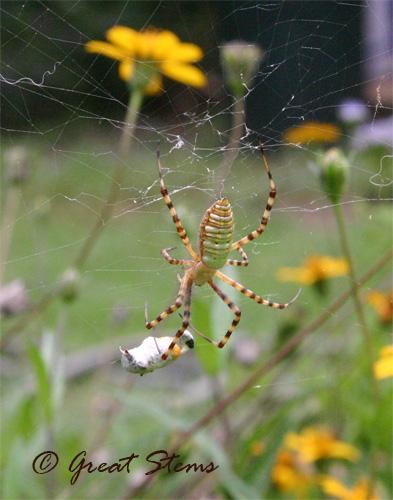
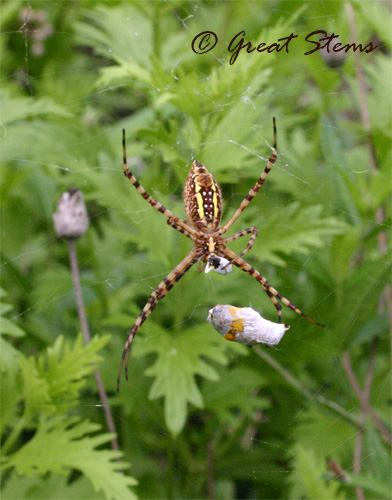
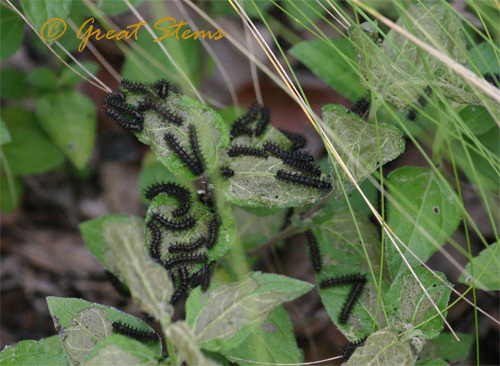
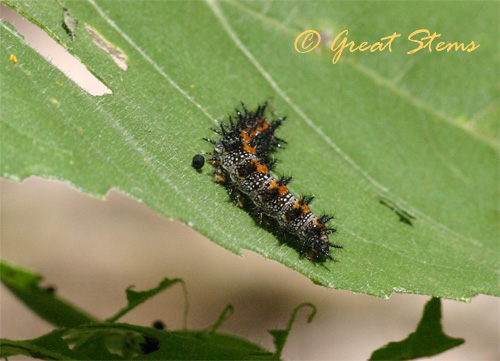
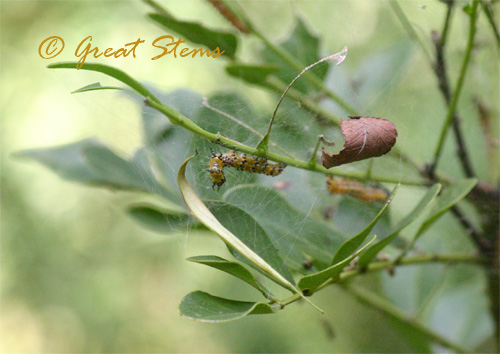
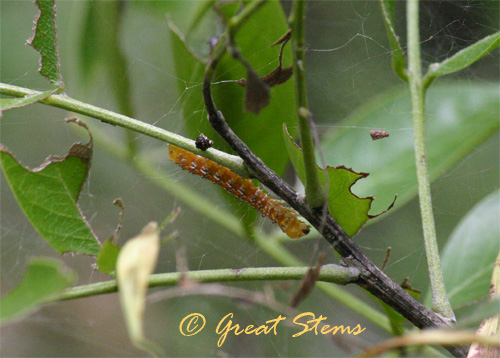
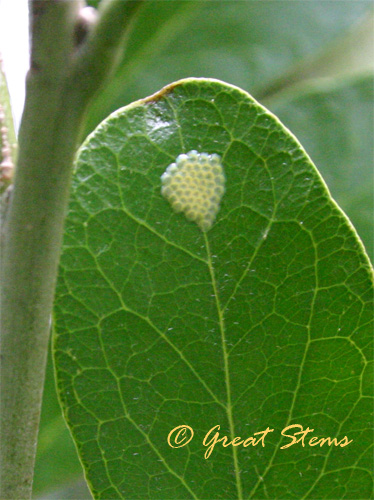
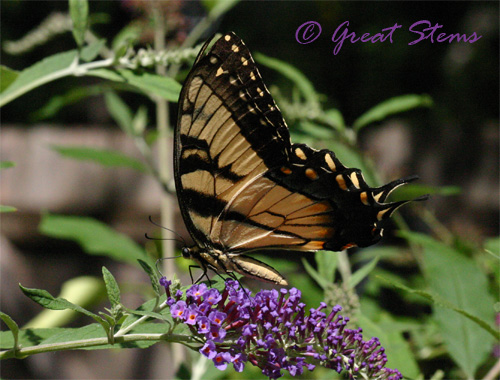
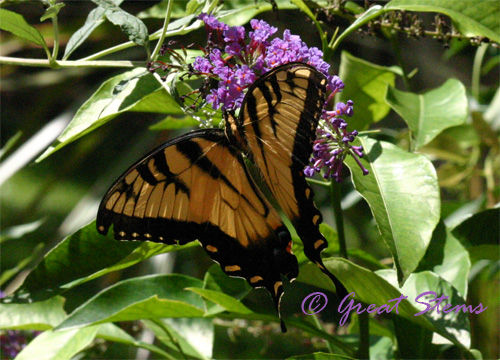
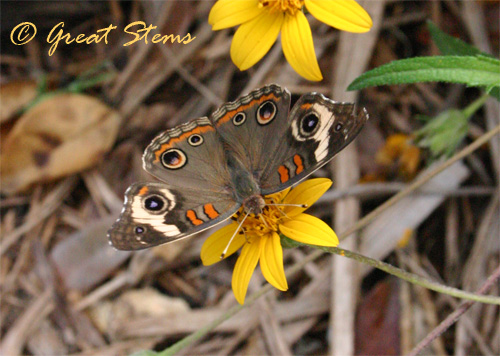
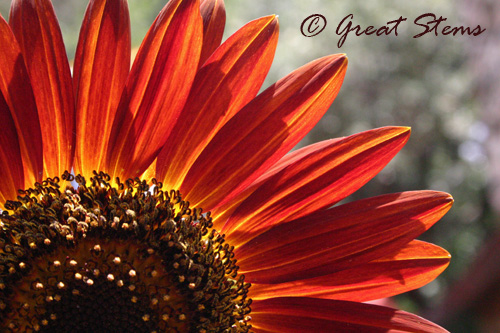
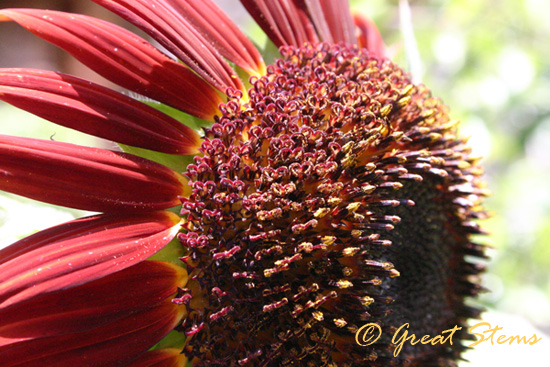
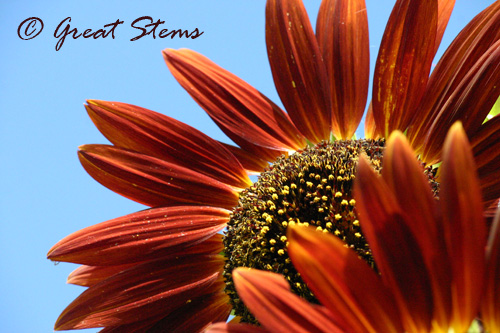
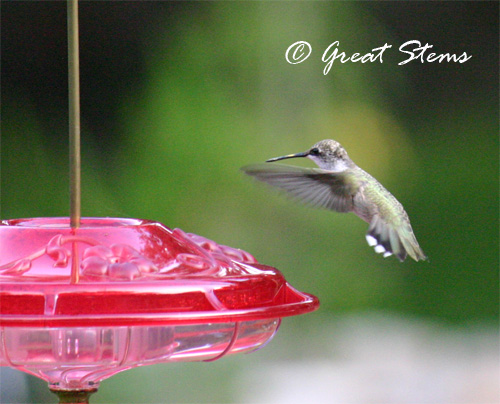
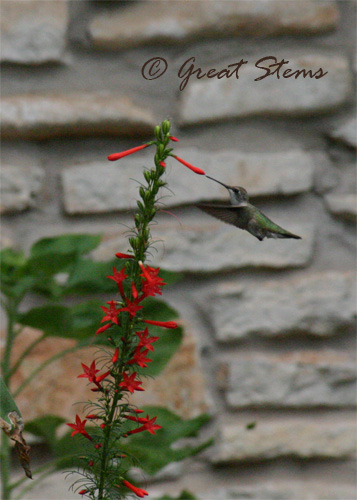
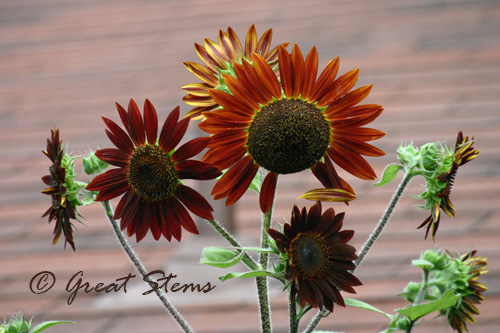
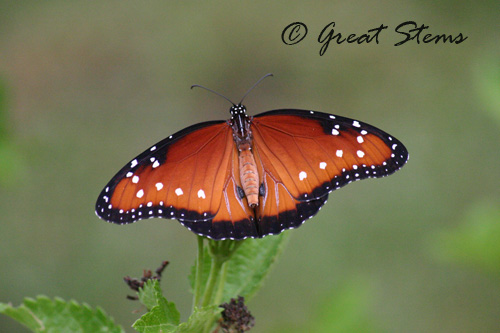
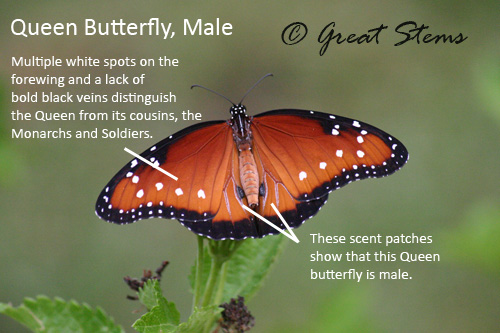
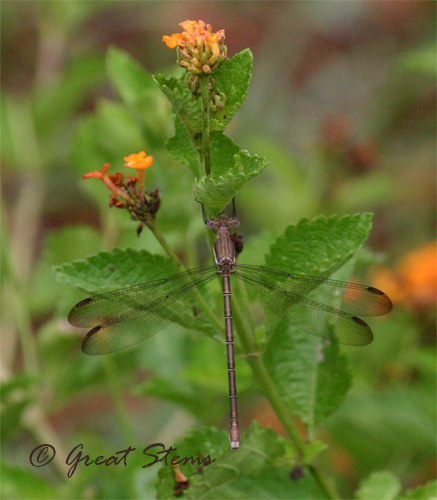
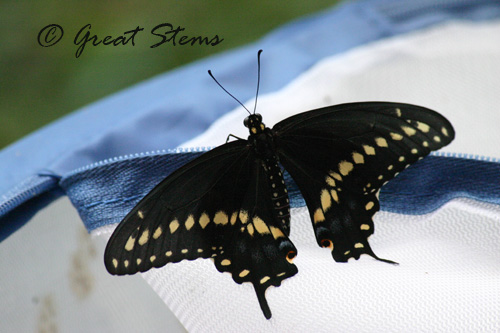
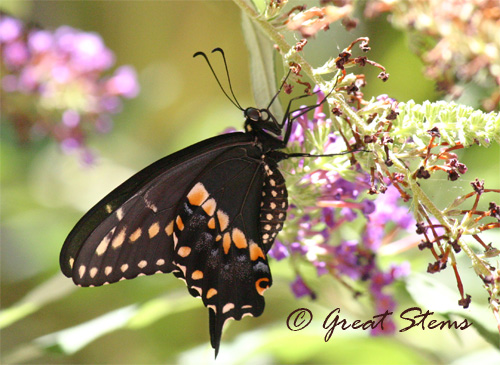
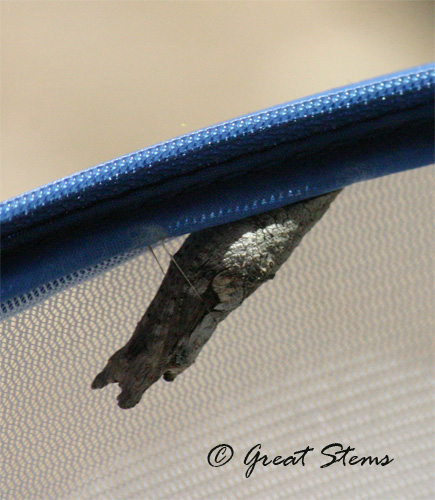
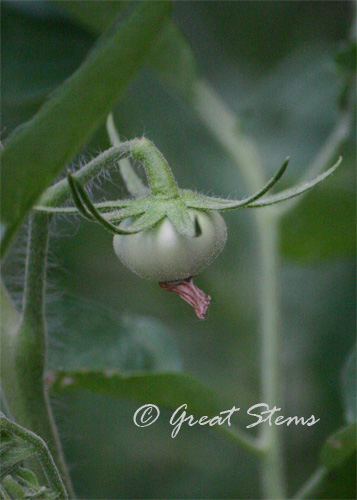
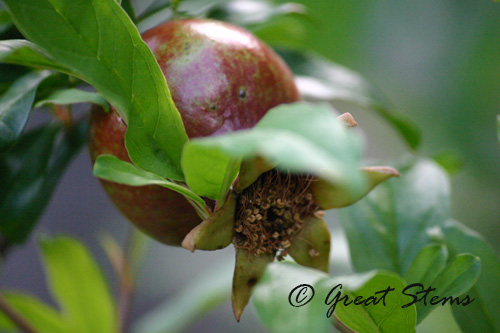
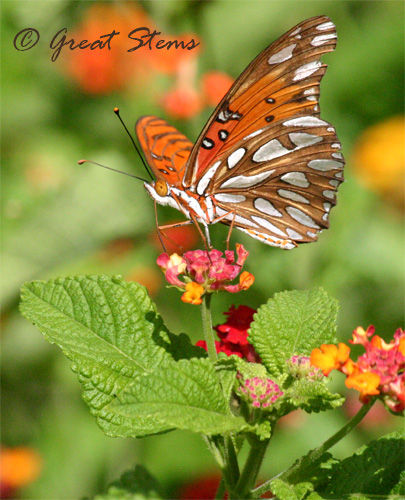
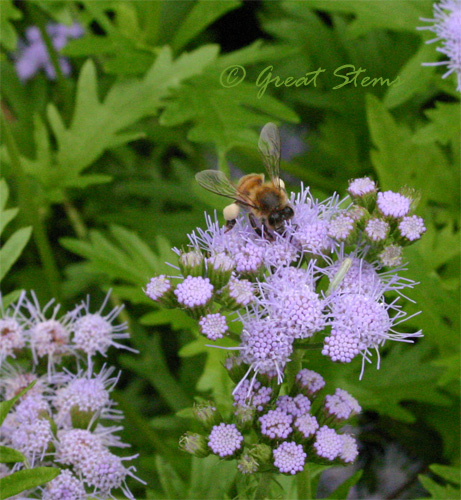 Hummingbirds!
Hummingbirds!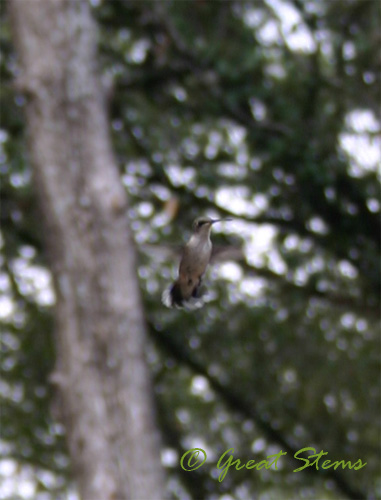
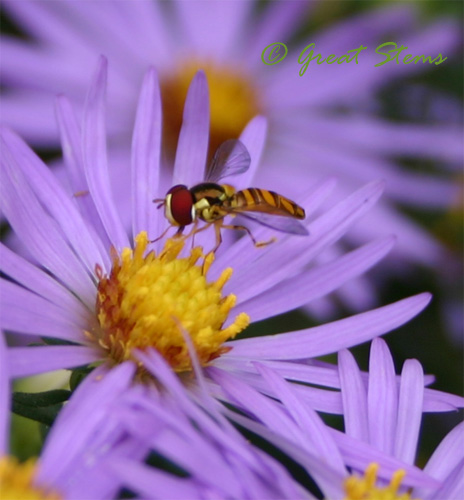
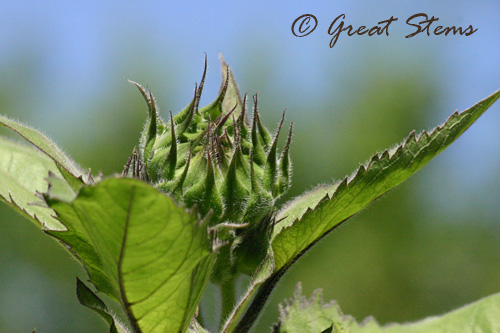
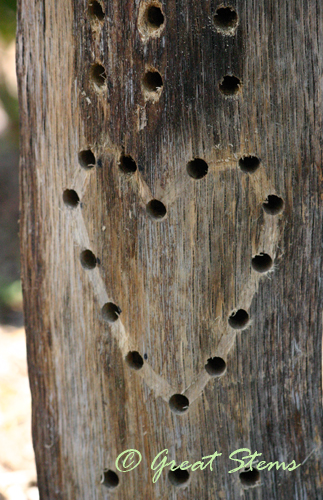
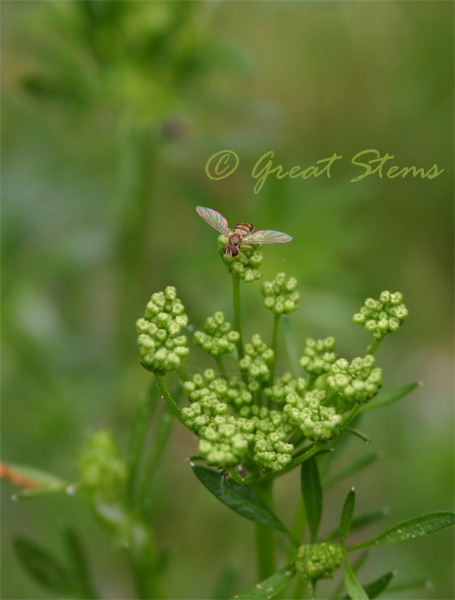
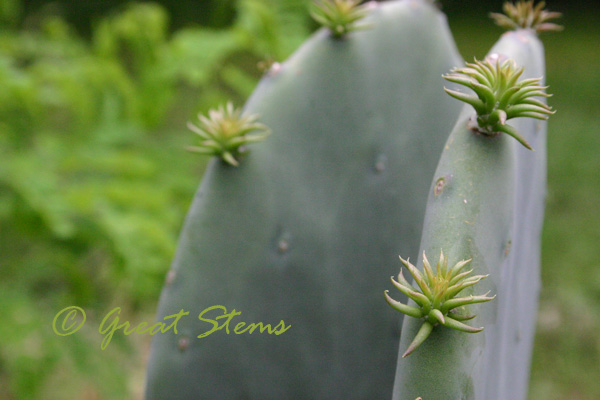
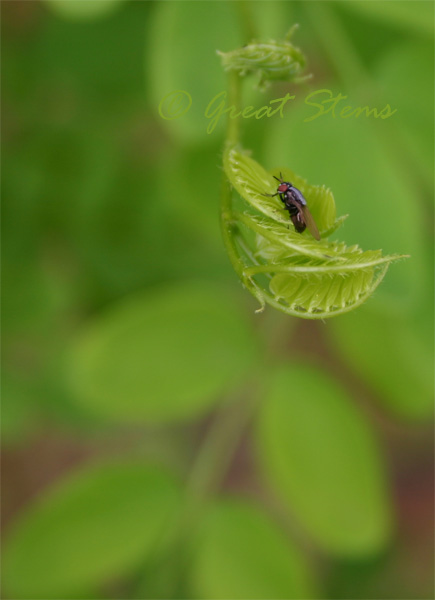
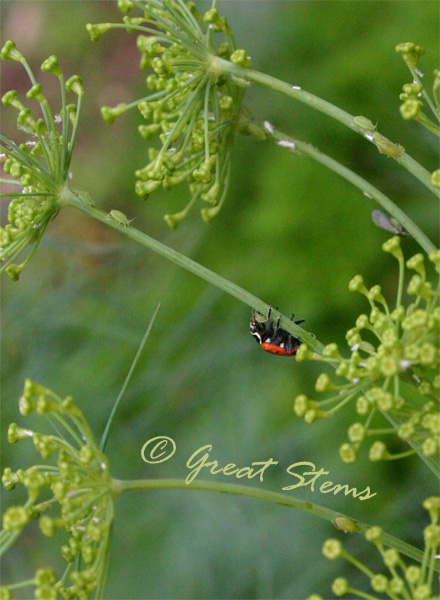
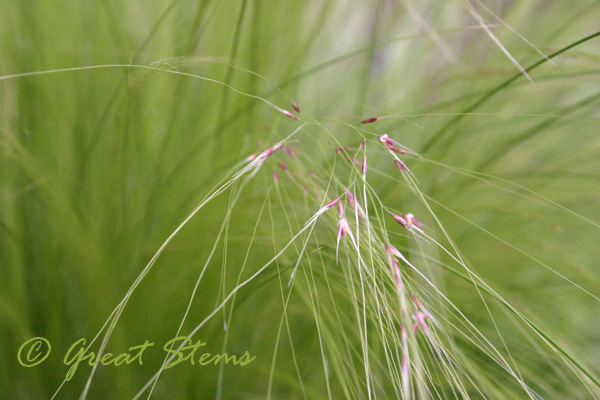
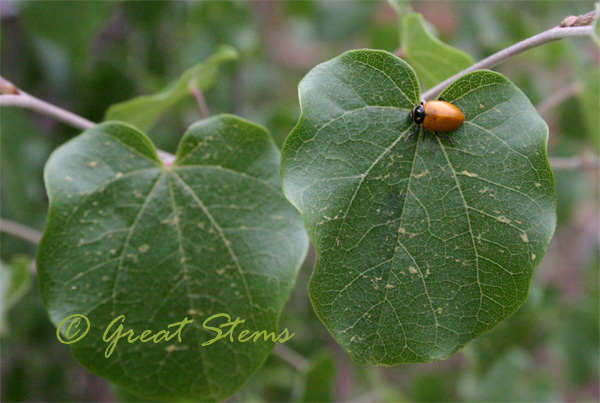
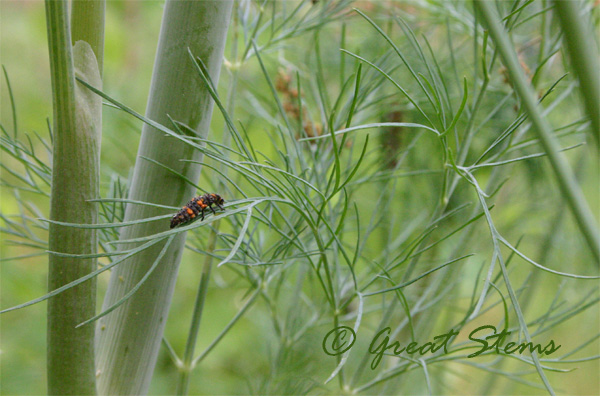
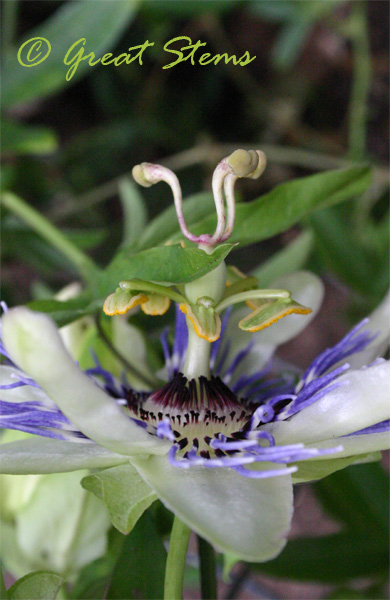
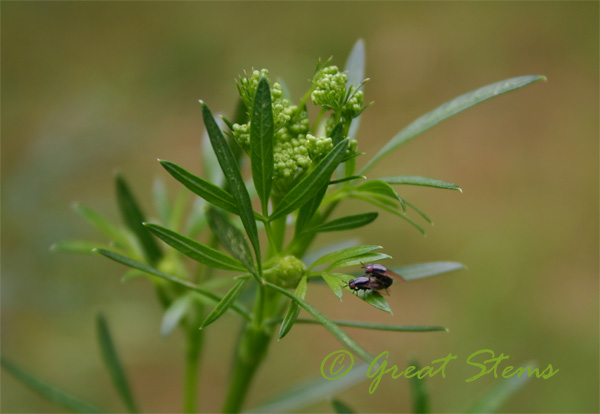
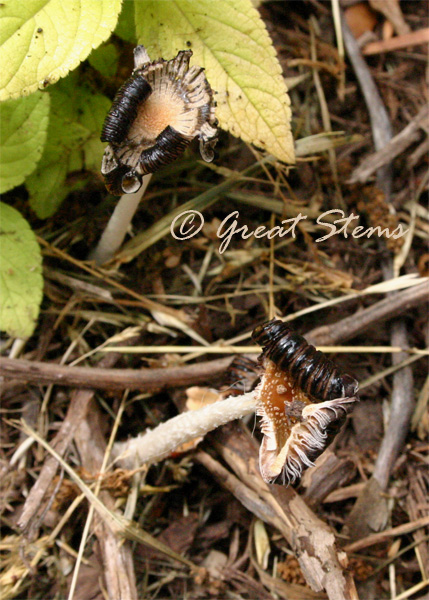
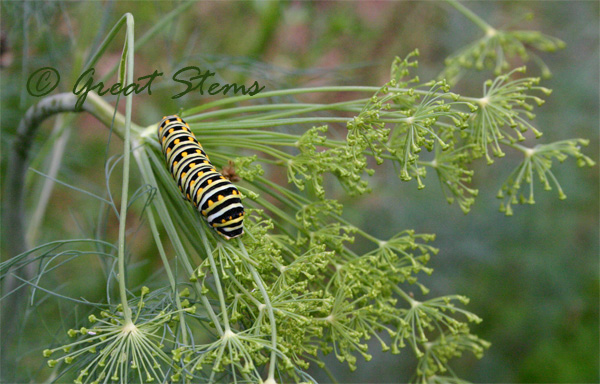
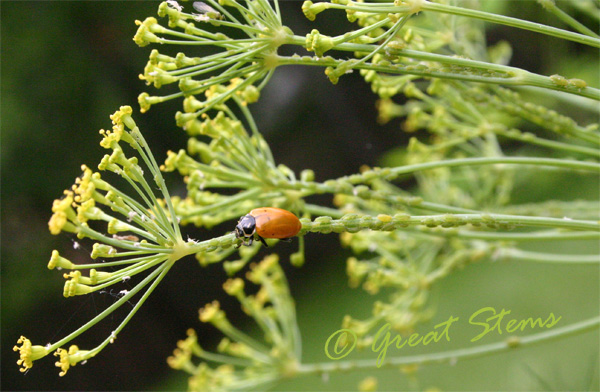
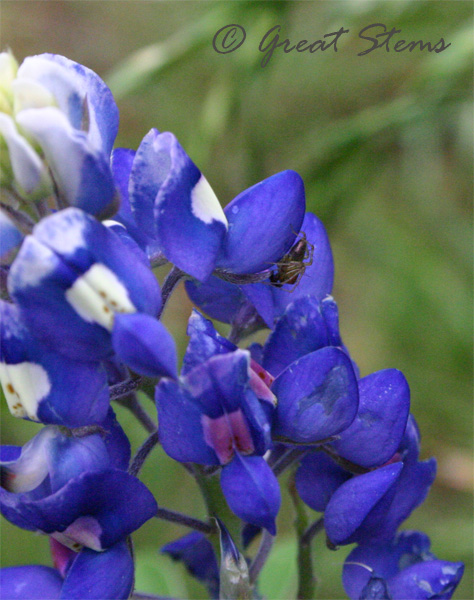
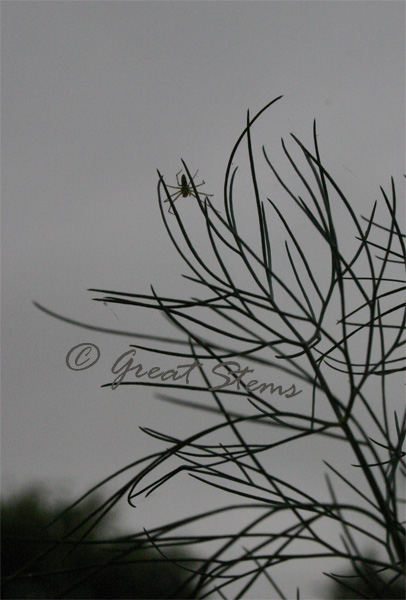 One morning, and a fine one at that.
One morning, and a fine one at that.
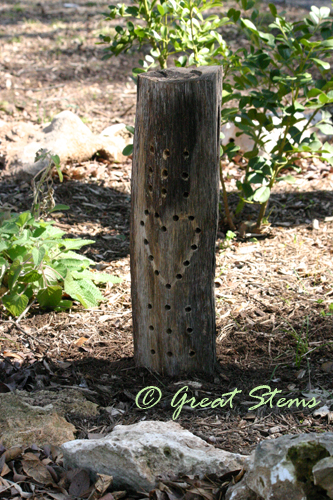
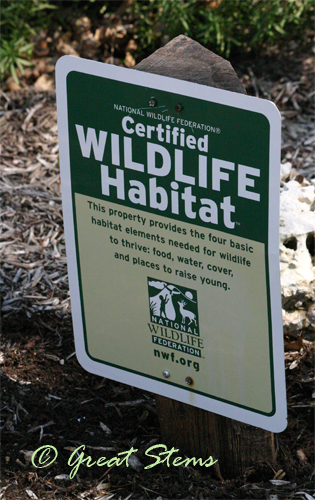
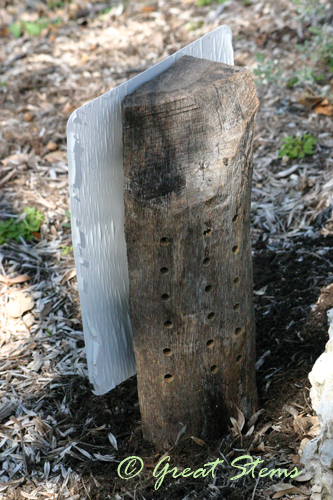
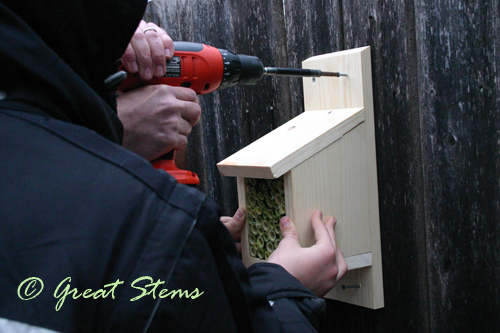
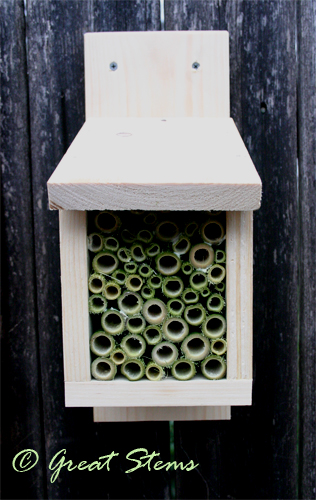
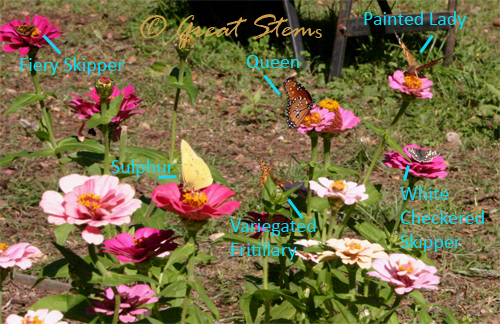
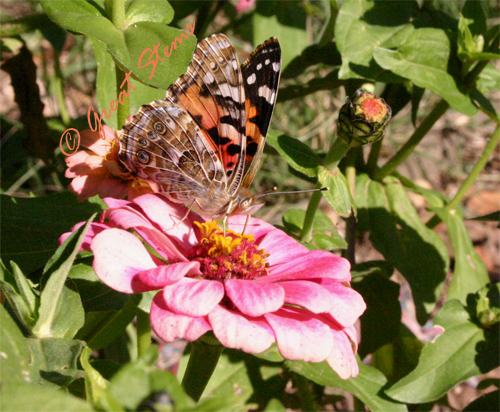
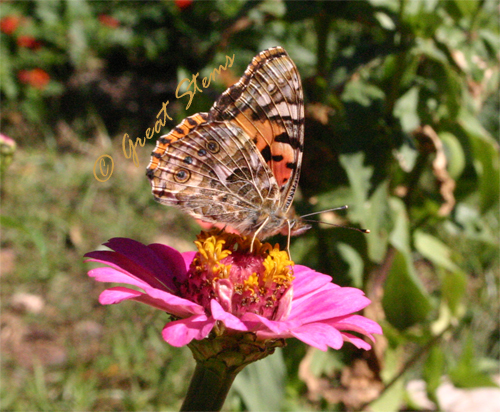
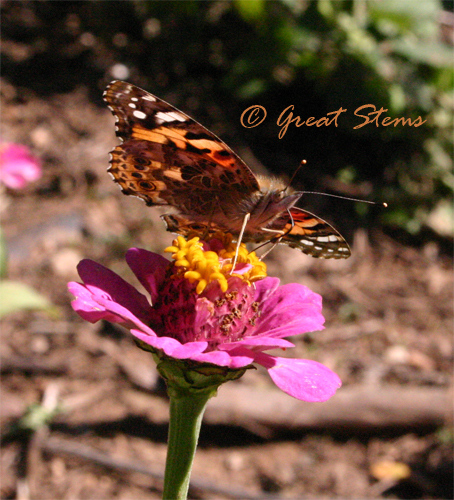
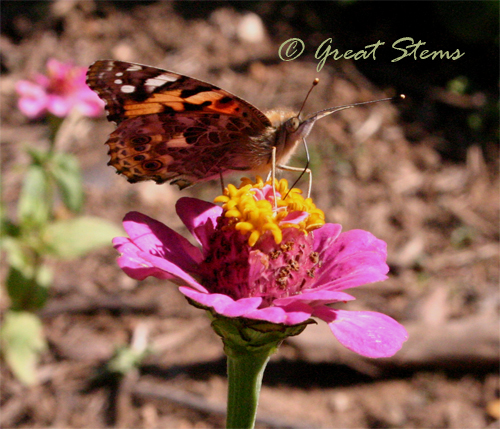
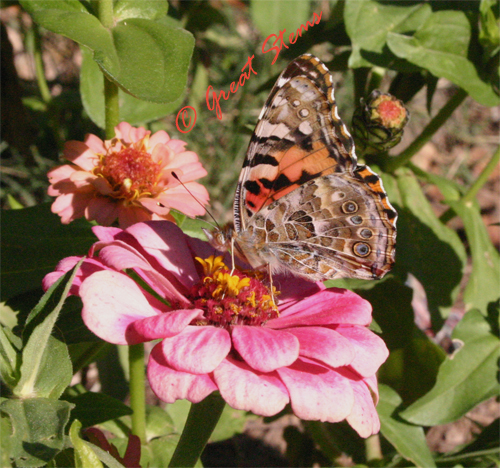
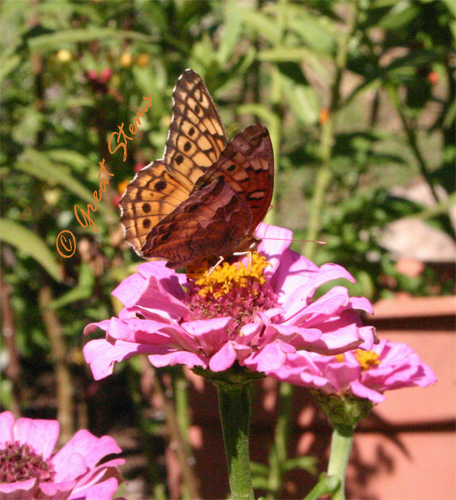
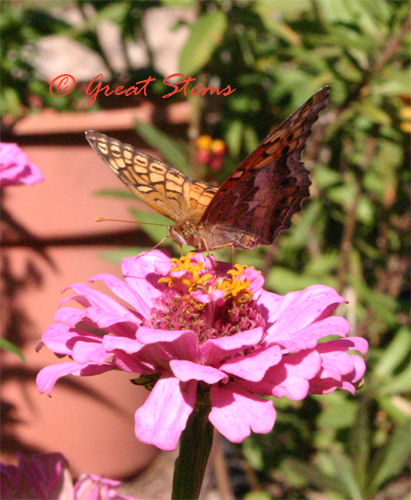
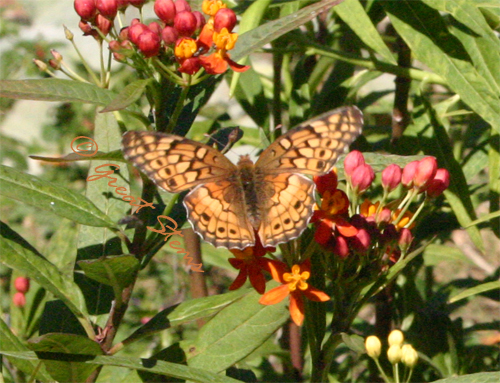
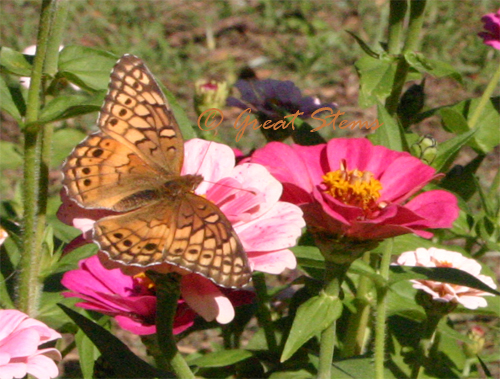
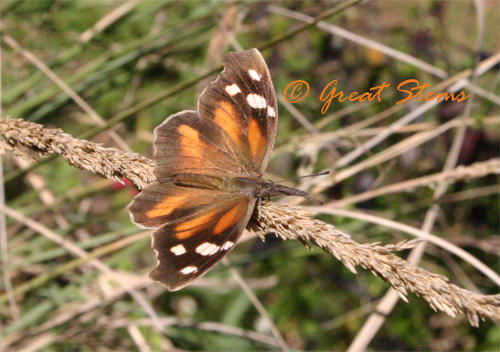
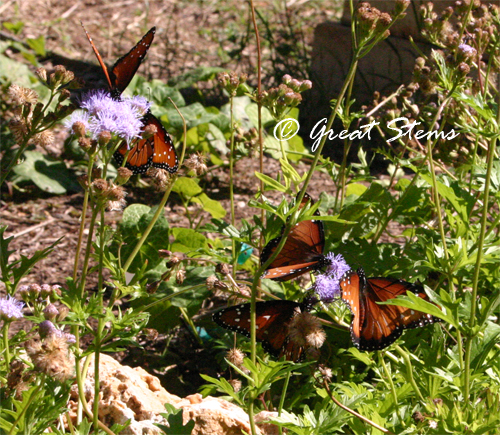
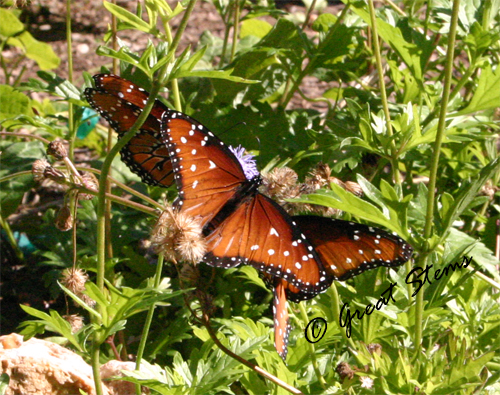
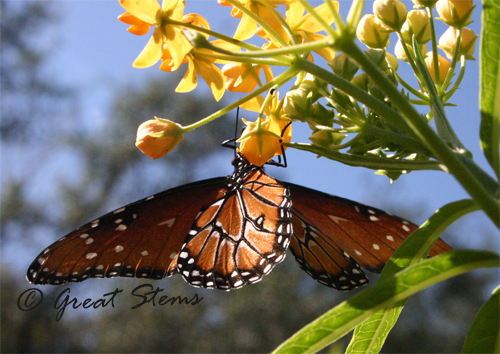
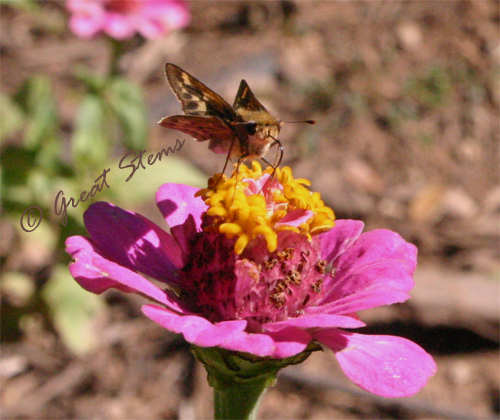
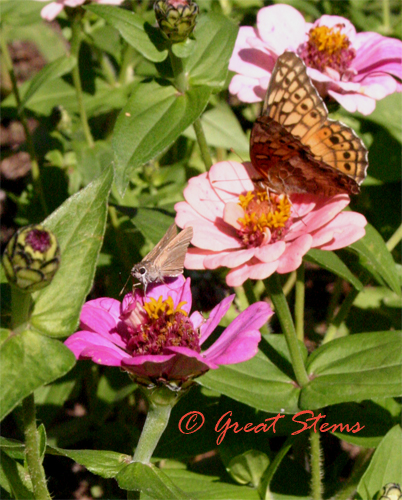
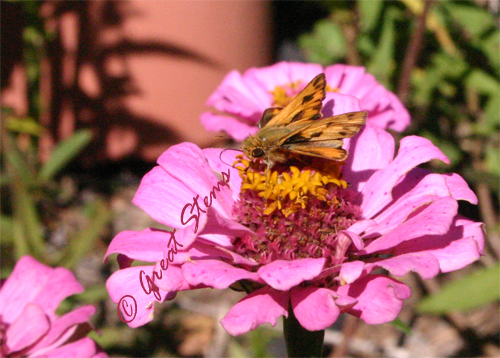
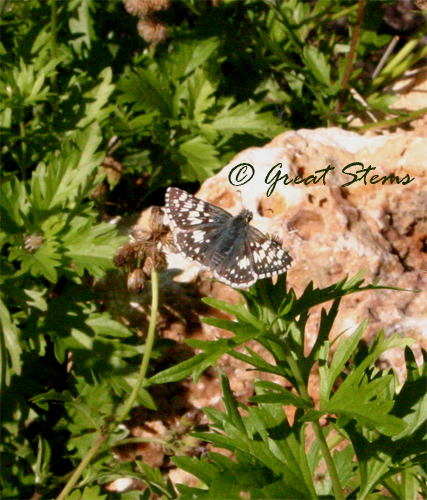
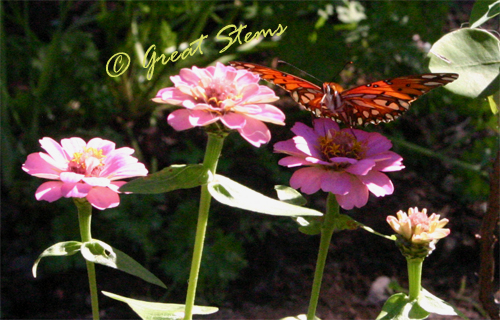
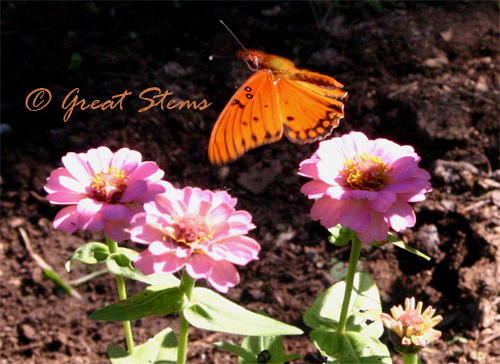
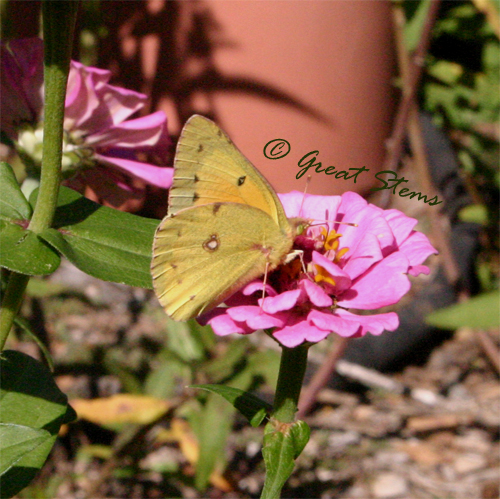
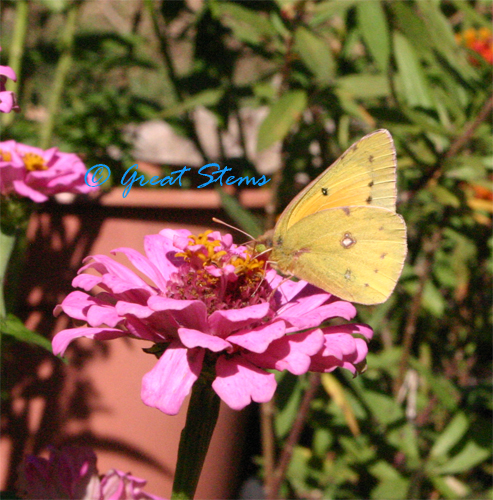
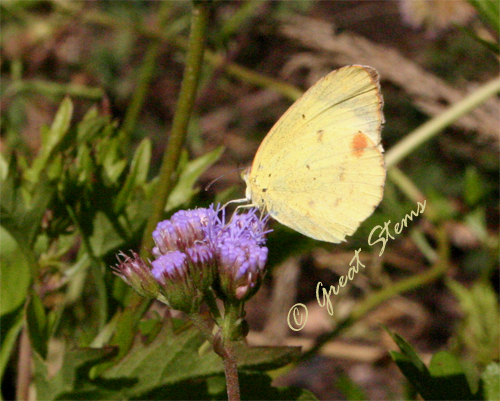
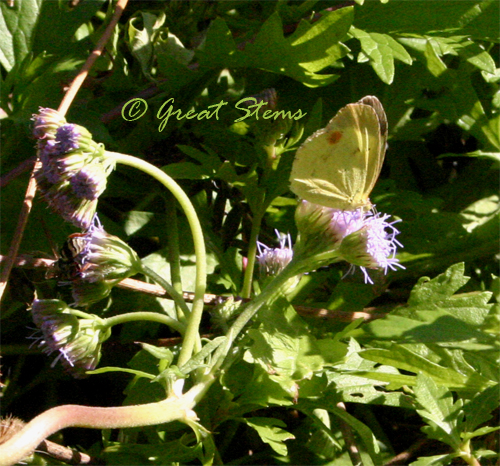
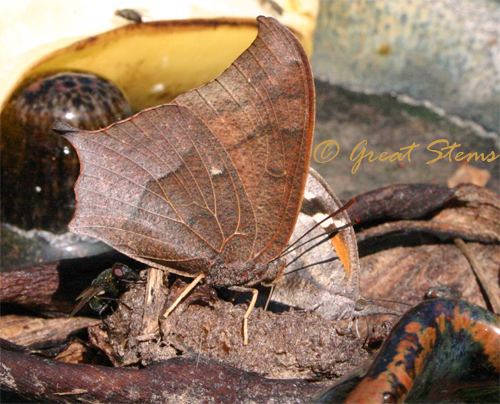
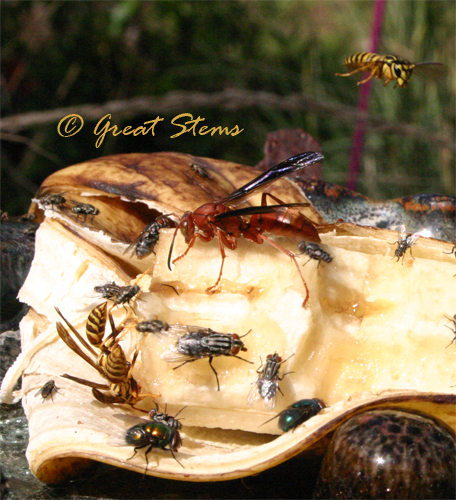
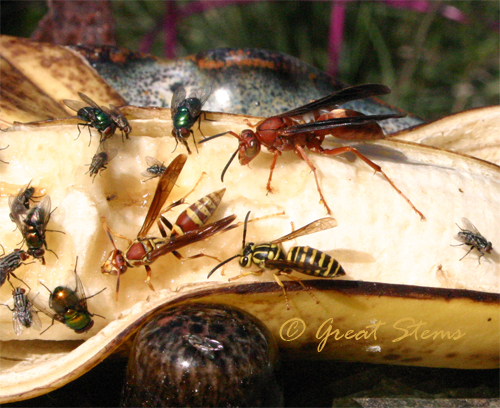
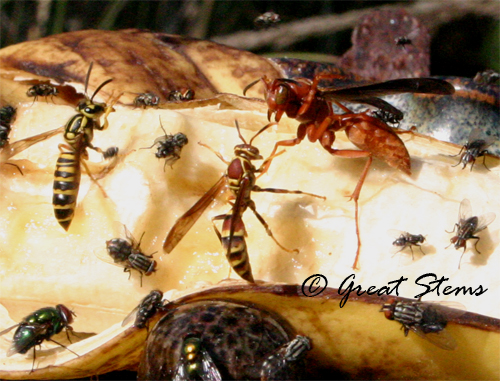
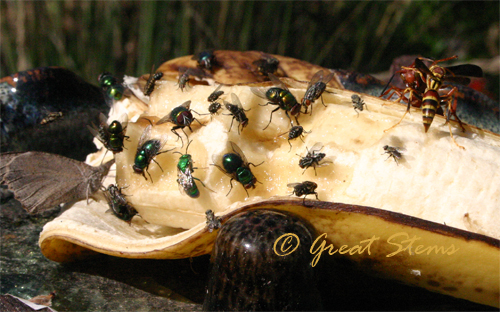 Do you see the beautiful metallic turquoise insect in the lower left corner? That's a Cuckoo Wasp -- the only one I can identify other than "fly" or "wasp."
Do you see the beautiful metallic turquoise insect in the lower left corner? That's a Cuckoo Wasp -- the only one I can identify other than "fly" or "wasp."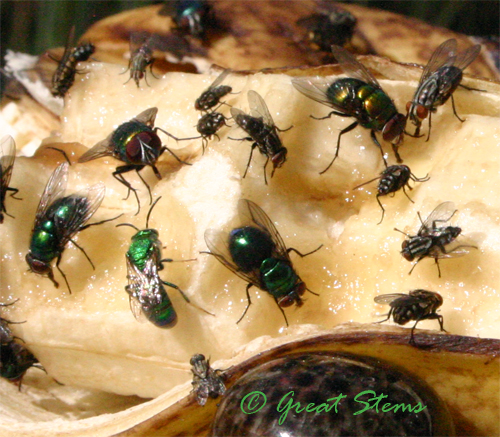
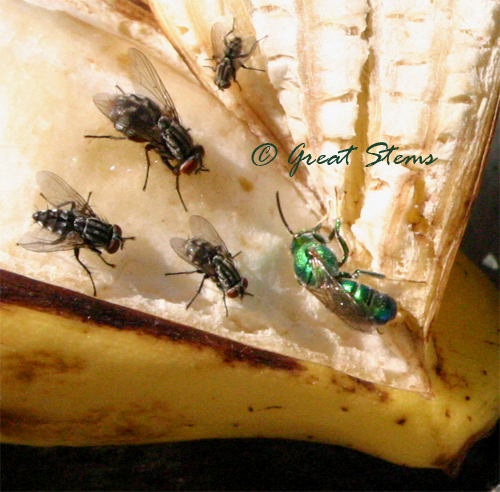
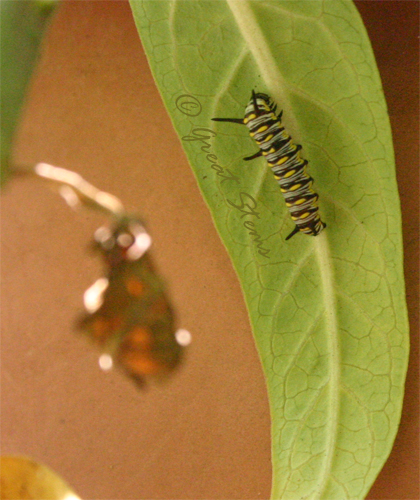
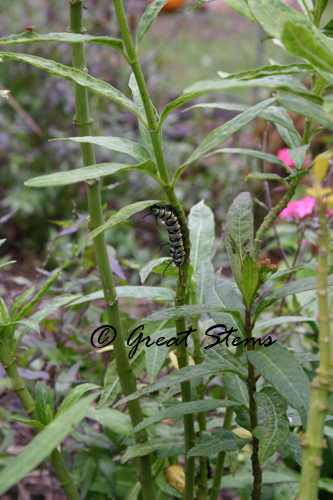 And the flies and wasps weren't the only visitors to the bananas. Snouts began to venture over to the fresher banana, and today I found my first Red Admiral. What a beauty!
And the flies and wasps weren't the only visitors to the bananas. Snouts began to venture over to the fresher banana, and today I found my first Red Admiral. What a beauty!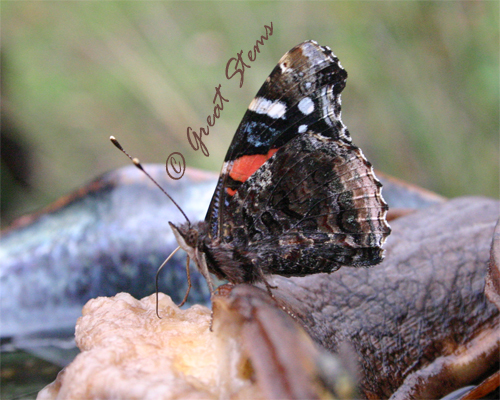
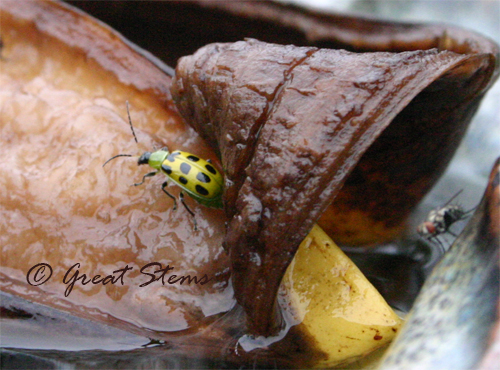
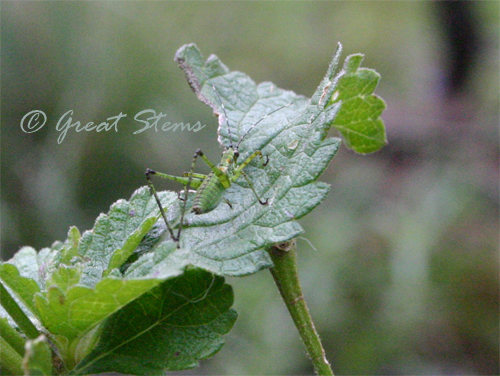 And off in the former pumpkin patch, where a few pumpkins and vines await me doing something about them, I found an icky green guy having a feast.
And off in the former pumpkin patch, where a few pumpkins and vines await me doing something about them, I found an icky green guy having a feast.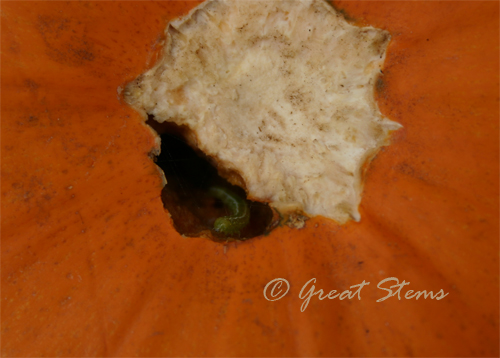 Enjoy it while you can, buddy.
Enjoy it while you can, buddy. 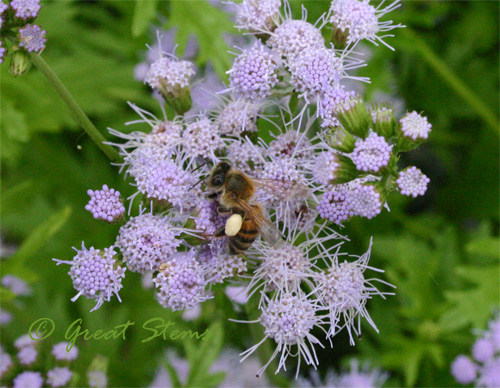
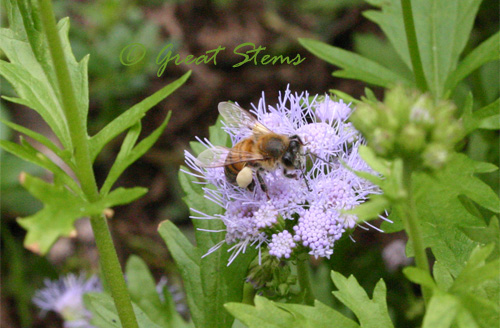 In the same patch of flowers, the honeybees on the Zexmenia had bright orange pollen baskets on their little legs.
In the same patch of flowers, the honeybees on the Zexmenia had bright orange pollen baskets on their little legs.
